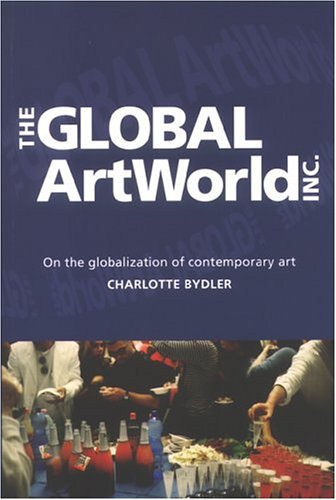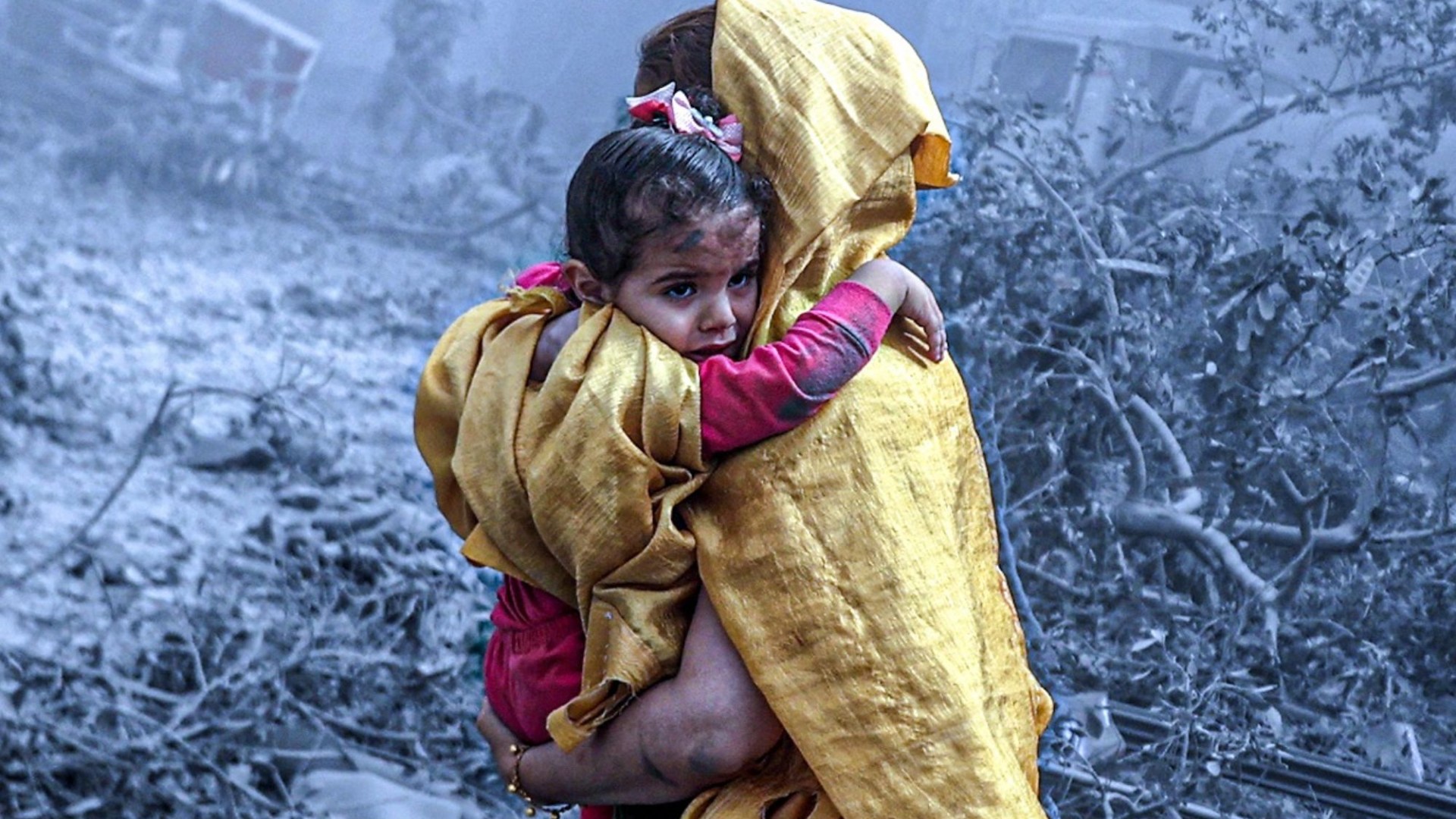A Global Artworld (1850-1950): An Art Review

Table of Contents
The period between 1850 and 1950 witnessed an unprecedented explosion of artistic styles and movements, fundamentally reshaping the global artworld. This era, encompassing both the 19th and 20th centuries, saw the rise and fall of numerous artistic schools, each leaving an indelible mark on the history of art. This article aims to review key artistic movements and their global impact during this transformative period, offering a glimpse into the rich tapestry of the Global Artworld. We will explore how these movements transcended geographical boundaries, influencing and being influenced by diverse cultural contexts.
<h2>The Rise of Realism and its Global Echoes (1850-1880)</h2>
<h3>Realism in France: Courbet, Millet, and the Depiction of Everyday Life</h3>
Realism, a reaction against the Romantic idealization of subjects, emerged in mid-19th century France. Key characteristics included a focus on depicting everyday life, ordinary people, and social realities with unflinching honesty. This revolutionary approach challenged academic art conventions.
- Key Artists: Gustave Courbet ( The Stone Breakers, The Burial at Ornans) and Jean-François Millet (The Gleaners, The Angelus) were pivotal figures in the Realism movement.
- Impact: Realism's impact was profound, laying the groundwork for future artistic movements by emphasizing accurate representation over idealized aesthetics and paving the way for Social Realism. It challenged the established artistic hierarchy and began to democratize art's subject matter.
<h3>Realism's Influence Beyond Europe: Examples in America and Other Regions</h3>
While originating in France, Realism's influence spread globally. The movement manifested differently across various cultural contexts, adapting to local realities and traditions.
- America: Artists like Thomas Eakins, known for his realistic portrayals of anatomy and everyday life (The Gross Clinic), embraced Realism's principles.
- Other Regions: Though less prominent than in Europe and America, elements of Realism can be observed in the works of artists across Asia and Latin America, particularly in their depictions of social realities and the lives of common people. Further research into specific regional examples is needed for a comprehensive understanding of Global Realism.
<h2>The Impact of Impressionism and Post-Impressionism (1870-1900)</h2>
<h3>The Parisian School: Monet, Renoir, Degas, and the Revolution in Painting Techniques</h3>
Impressionism, born in Paris, revolutionized painting techniques. Artists focused on capturing fleeting moments and the effects of light on the subject, moving away from detailed representation.
- Key Artists: Claude Monet (Impression, Sunrise, Water Lilies), Pierre-Auguste Renoir (Bal du moulin de la Galette), and Edgar Degas (The Ballet Class) were pioneers of this revolutionary style.
- Techniques: Broken brushstrokes, vibrant colors, and emphasis on light and atmosphere distinguished Impressionist artworks. Their focus on capturing the immediate sensory experience radically shifted artistic practice.
<h3>Post-Impressionism and its Divergent Paths: Van Gogh, Cézanne, Gauguin</h3>
Post-Impressionism built upon Impressionism but moved towards greater expression and symbolism. Artists explored individual styles and subjective interpretations.
- Key Artists: Vincent van Gogh (The Starry Night, Sunflowers), Paul Cézanne (Mont Sainte-Victoire), and Paul Gauguin (The Yellow Christ) each developed unique approaches.
- Divergent Styles: Van Gogh's expressive brushwork, Cézanne's emphasis on geometric forms, and Gauguin's symbolic use of color marked significant departures from Impressionism's emphasis on light and atmosphere.
<h3>Global Spread of Impressionistic Styles: Adaptations and Interpretations in Different Countries</h3>
Impressionism's influence transcended national borders. While Parisian artists set the stage, their innovations were adopted and adapted worldwide.
- International Adaptations: Artists in various countries interpreted Impressionistic techniques and themes within their own cultural contexts, leading to diverse stylistic variations of Global Impressionism. Further research is crucial to understanding these specific regional interpretations.
<h2>The Dawn of Modernism and its Global Manifestations (1890-1950)</h2>
<h3>Fauvism, Cubism, Surrealism, and Expressionism: A Whirlwind of New Artistic Languages</h3>
The late 19th and early 20th centuries witnessed an explosion of Modernist movements. These challenged traditional notions of representation and explored subjective experiences.
- Fauvism: Characterized by bold colors and expressive brushwork (e.g., Henri Matisse).
- Cubism: Fragmented forms and multiple perspectives (e.g., Pablo Picasso, Georges Braque).
- Surrealism: Exploration of the subconscious and dreamlike imagery (e.g., Salvador Dalí, René Magritte).
- Expressionism: Emphasis on emotion and subjective experience (e.g., Edvard Munch, Ernst Ludwig Kirchner).
<h3>Modernism's Global Reach: Examples from Africa, Asia, and Latin America</h3>
Modernist ideas spread globally, influencing artists across continents. However, it is vital to acknowledge that the adoption of Modernism was not uniform, often incorporating local artistic traditions and responding to specific sociopolitical contexts.
- Regional Variations: The way Modernism was interpreted and adapted varied considerably across different cultures. More in-depth research into specific regions and artists is needed to appreciate the nuances of global modernism.
<h3>The Impact of World Wars on the Artworld</h3>
The two World Wars profoundly impacted artistic production and styles. The horrors of war led to explorations of trauma, disillusionment, and the fragility of existence.
- Post-War Art: The aftermath of the wars produced diverse artistic responses, ranging from abstract expressionism to social realism, reflecting the complex psychological and social landscapes of the era.
<h2>Conclusion: A Legacy of the Global Artworld (1850-1950)</h2>
The period between 1850 and 1950 marks a pivotal era in art history. The rise of Realism, Impressionism, Post-Impressionism, and the various Modernist movements fundamentally reshaped artistic practices worldwide. These movements transcended geographical boundaries, demonstrating the interconnectedness of the Global Artworld and the rich cross-cultural exchange of ideas. The enduring legacy of this period continues to influence contemporary art, making the study of this era essential for understanding the evolution of art as a global phenomenon. To further explore this fascinating chapter in global art history, delve into the works of individual artists, visit museums showcasing these movements, or embark on further research into international art movements and 19th and 20th-century art. Understanding this rich history is key to appreciating the complexities of the Global Artworld.

Featured Posts
-
 Morales Power On Display Ufc Experts Weigh In On Vegas 106 Headliner
May 19, 2025
Morales Power On Display Ufc Experts Weigh In On Vegas 106 Headliner
May 19, 2025 -
 Suncoast Searchlight Resource Constraints In The Face Of Growing Mental Health Needs
May 19, 2025
Suncoast Searchlight Resource Constraints In The Face Of Growing Mental Health Needs
May 19, 2025 -
 Leaked Documents Implicate Hamas In Attempt To Thwart Israel Saudi Accord
May 19, 2025
Leaked Documents Implicate Hamas In Attempt To Thwart Israel Saudi Accord
May 19, 2025 -
 Gilbert Burns Ko D By Morales At Ufc Vegas 106 Fight Result And Analysis
May 19, 2025
Gilbert Burns Ko D By Morales At Ufc Vegas 106 Fight Result And Analysis
May 19, 2025 -
 De Soto Elementary Principal A Principal Of The Year
May 19, 2025
De Soto Elementary Principal A Principal Of The Year
May 19, 2025
